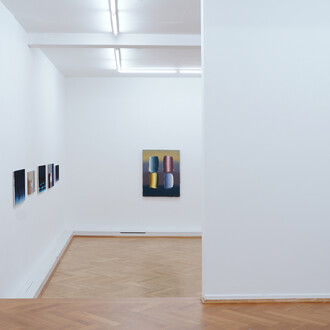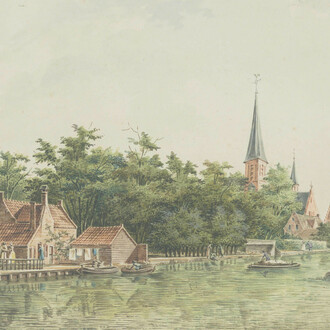Featuring around seventy exhibits including paintings, sculptures and pastels, the exhibition focusses on the Hamburger Kunsthalle’s considerable holdings of Impressionist works with the intention of showing them in a broader global context. Against the backdrop of resurgent nationalisms, the question also arises as to whether it still makes sense today to split Impressionism into national categories – and, if so, in which way this impacts our perception.
Generally, the Impressionist style is synonymous with France: with artists like Édouard Manet, Claude Monet or Auguste Renoir, with quaint, bright and colourful works often depicting outdoor scenes, or for serial examinations of haystacks, church façades and lily ponds, captured in the play of varying light moods at different times of the day or year.
That the connection of »Impressionism and France« is not valid in this exclusivity, however, is revealed by a brief glance at other countries in which Impressionism developed, with a time lag, perhaps, but quite independently. In Germany, the well-known »triumvirate« of Lovis Corinth, Max Liebermann and Max Slevogt, so named even during their lifetime, are counted among the Impressionists. Even contemporary art scholars of the movement had regarded it at least as a European phenomenon.
















